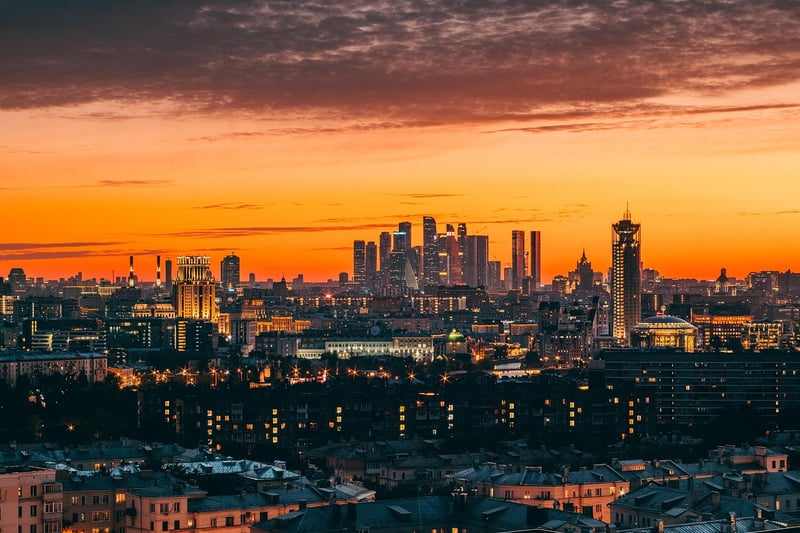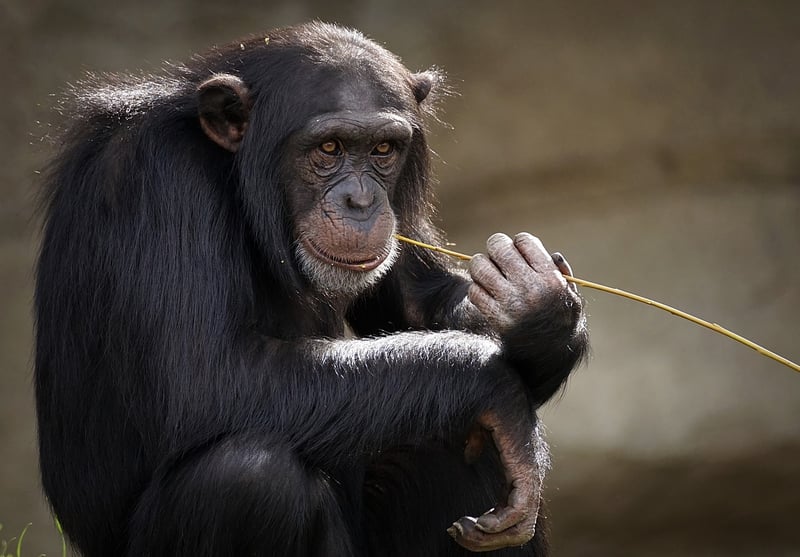Native Species
Choosing the Right Plants for Urban Settings
Urban environments present unique challenges for plants due to factors like pollution, limited space, and harsh conditions. However, with careful selection, it's possible to create thriving green spaces in cities. One effective strategy is to opt for native species, plants that naturally occur in the region. These plants are well-adapted to local conditions and can thrive with minimal maintenance.
Benefits of Native Species in Urban Settings
Choosing native species for urban landscaping offers several advantages:
- Adaptability: Native plants are already acclimated to the local climate, soil, and pests, making them more likely to thrive.
- Low Maintenance: Once established, native species generally require less water, fertilizer, and pesticide compared to non-native plants.
- Biodiversity: Using native species can help support local wildlife by providing food and habitat for insects, birds, and other animals.
- Resilience: Native plants are often more resilient to urban stressors like air pollution and temperature fluctuations.
Popular Native Species for Urban Landscaping
When selecting plants for urban settings, consider these popular native species:
- Eastern Redbud (Cercis canadensis): A small tree with beautiful pink flowers that attract pollinators.
- Black-Eyed Susan (Rudbeckia hirta): A bright yellow perennial flower that is drought-tolerant.
- Switchgrass (Panicum virgatum): A versatile grass species that adds texture to landscapes.
- Virginia Bluebells (Mertensia virginica): A woodland plant with delicate blue flowers that thrives in shade.
How to Incorporate Native Species in Urban Gardens
Whether you have a small balcony or a community park, there are various ways to incorporate native species in urban gardens:
- Container Gardening: Use pots and planters to grow native flowers, herbs, or even small shrubs on balconies or patios.
- Rooftop Gardens: Transform flat rooftops into green spaces by planting native grasses, sedums, and wildflowers.
- Community Gardens: Work with local organizations to introduce native plants in shared garden spaces, promoting biodiversity.
- Green Walls: Install vertical gardens with native vines and climbers to add greenery to urban structures.
By choosing native species and creatively integrating them into urban landscapes, we can create healthier, more sustainable cities for both people and wildlife.

Image Source: Pixabay
